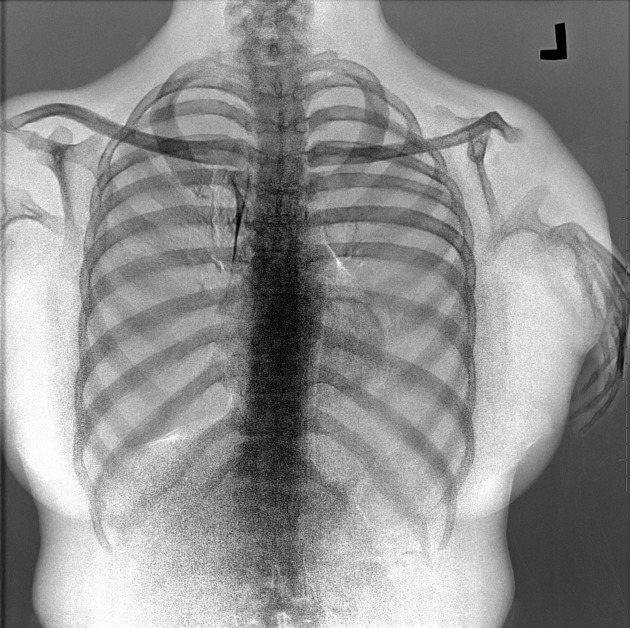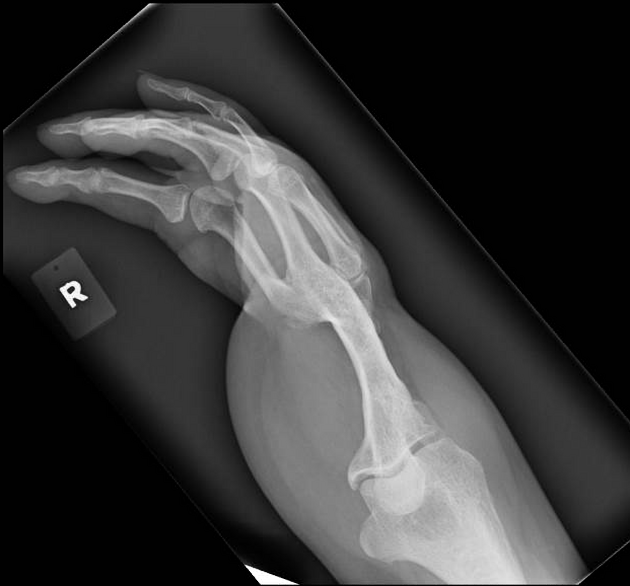Thalidomide embryopathy refers to a syndrome resulting from in utero exposure to thalidomide, and is characterized by multiple fetal anomalies. Fetal exposure to thalidomide occurred primarily from 1957 to 1961, when it was used as a treatment for nausea in pregnant women.
On this page:
Epidemiology
Exposure to thalidomide in the first trimester carries a 10-50% risk of embryopathy. Over 10,000 children with severe birth defects due to thalidomide exposure were born between 1957 and 1961 worldwide.
Clinical presentation
Thalidomide exposure notably affects limb development, but can affect a wide range of systems. These include:
- limb abnormalities
- facial abnormalities
- congenital cardiac anomalies
- growth
Differential diagnosis
- Roberts syndrome (pseudothalidomide syndrome)







 Unable to process the form. Check for errors and try again.
Unable to process the form. Check for errors and try again.